Discover the transformative power of creativity in your outdoor space with a diverse array of simple garden crafts designed for every style and skill level. Whether you’re a seasoned gardener or a novice looking to dive into DIY projects, this guide offers a wealth of ideas to inspire your green thumb. From kid-friendly projects to sophisticated adult crafts, these easy-to-follow tutorials cater to all tastes, ensuring that everyone can find something unique to call their own. Explore how to create stunning garden decorations, transform recycled materials into charming accents, and design spaces that reflect your personal style. With tips on incorporating flowers, natural elements, and seasonal themes, this article is your go-to resource for crafting a garden that feels as unique as you are.
Key Takeaways
– Transform your outdoor space into an art-filled sanctuary by integrating flowers, nature, and artistic elements.
– Create a serene Zen retreat with rocks, sand, and optional water features to foster mindfulness and peace.
– Design a minimalist garden focused on simplicity, clean lines, and functionality, perfect for those seeking a tranquil escape.

How to Make a Simple Yet Beautiful Garden
Creating a beautiful garden doesn’t have to be overwhelming. With a bit of planning and effort, you can transform your outdoor space into a serene retreat. Here’s a step-by-step guide to building a simple yet stunning garden:
1. Plan Your Garden Space
- Choose a location that receives adequate sunlight, preferably 6 hours a day.
- Assess the soil quality and amend it if necessary with compost or organic matter.
- Sketch out your design on paper to visualize the layout before digging.
- Decide on the types of plants you want to grow based on your climate zone.
2. Select Plants and Materials
- Select plants suited for your growing season and soil type. Consider flowers, shrubs, and trees for visual appeal.
- Choose decorative elements like bird feeders, wind chimes, or garden statues to add charm.
- Pick mulch, compost, and tools from our store to keep your garden healthy and organized.
3. Design Your Garden Layout
- Create defined spaces using pathways and seating areas for relaxation.
- Add water features like a small pond or fountain to enhance tranquility.
- Incorporate seasonal color changes by planting bulbs and annuals.
4. Plant and Arrange Vegetation
- Start with perennials and grasses for low maintenance and year-round interest.
- Arrange flowers in beds, borders, and containers for visual balance.
- Consider raised flowerbeds or vertical gardens for space-saving solutions.
5. Maintain Your Garden
- Water regularly and mulch to retain moisture and suppress weeds.
- Prune plants annually to keep them healthy and shaped neatly.
- Apply organic fertilizers to promote growth and prevent pests.
With these tips, you’ll have a beautiful garden that’s both functional and visually appealing. Happy gardening!
What Crafts to Make Easy?
Looking for simple and fun crafting ideas? Whether you’re new to DIY projects or looking for something relaxing, here are some easy-to-follow craft ideas that anyone can enjoy:
- Friendship Bracelets : A classic choice for beadwork. Use colorful beads and a simple loop-making technique to create personalized gifts.
- Beaded Necklaces : Layer beads in a variety of colors to create stylish necklaces. Start with basic string and expand with different materials.
- Crochet Projects : Learn the basics of crochet with simple scarf or blanket patterns. Great for cozy home decor or gifts.
- Knitting Basics : Master the knit stitch with beginner-friendly patterns like scarves or hats. Perfect for warming up your creative space.
- Paper Craft Ideas : Fold, cut, and glue to create unique 3D shapes. Try making animals, houses, or abstract art from paper.
- DIY Jewelry : Design your own earrings, pendants, or rings using beads, wire, and other materials. Simple tools can transform everyday items into stylish accessories.
- Painting Projects : Pick up acrylic paints or watercolors and create your own artwork on canvas boards or rocks. Great for self-expression and gift-giving.
- Simple Woodworking : Use basic tools to carve or paint small wooden items like signs, decorative boxes, or picture frames.
These crafts are perfect for those looking to explore their creative side without feeling overwhelmed. Whether you’re working on a project alone or with friends, the results are sure to bring joy and pride in your handmade creations.
For more inspiration and step-by-step tutorials, visit the Pravylo Project , your go-to destination for DIY ideas and creative guides. Explore their extensive library of projects and join a community of fellow makers who love crafting as much as you do!
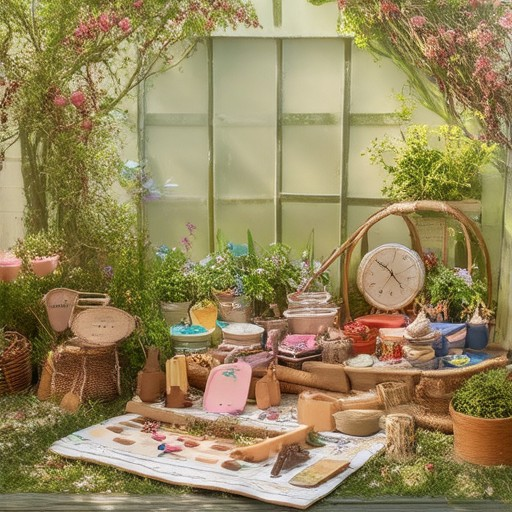
How to Build a Garden Cheaply
Building a garden doesn’t have to be expensive. With a little creativity and effort, you can create a thriving outdoor space that saves you money while providing fresh produce or beautiful flowers. Here are some practical tips to help you get started:
Choose the Right Spot
Look for a spot in your yard that gets plenty of sunlight. Most plants thrive in full sun, but some varieties prefer partial shade. Avoid low-lying areas where water might pool, and make sure the spot is easily accessible for watering and maintenance.
Plan Your Layout
Sketch out your garden design on paper before digging. Decide which plants you want to grow and how they will spread. Use online resources or gardening guides to ensure your layout is efficient and functional. Plan raised beds or containers to maximize space and minimize weeds.
Select Affordable Plants
Start with affordable perennials and annuals that don’t require costly fertilizers or pesticides. Herbs like basil, rosemary, and thyme are great choices for beginner gardeners. You can also find budget-friendly options at local nurseries or through seed packets.
Repurpose Materials
Turn household items into garden tools or structures. An old wooden fence can become a decorative border, while cardboard boxes can be cut into planters. Even an unused wheelbarrow can hold soil and plants while you work.
Water Efficiently
Invest in a simple drip irrigation system to conserve water. You can buy kits online or DIY a system using plastic pipes and connectors. Mulching around plants helps retain moisture in the soil, reducing the need for frequent watering.
Add Vertical Elements
Maximize space by adding vertical gardens or trellises. Cucumber vines, tomatoes, and peppers can climb up stakes or fences, saving ground space and allowing you to grow more vegetables. hanging baskets filled with herbs or flowers can also add beauty to your garden.
Use Free Resources
Collect organic matter like leaves and grass clippings to create compost. This natural fertilizer enriches your soil and costs nothing. You can also find free mulch at local tree trimming services or arborists.
Companion Planting
Grow plants that complement each other to deter pests and improve pollination. For example, marigolds repel aphids, while nasturtiums attract pollinators. This method saves you money and keeps your garden healthy.
DIY Fences and Structures
Build a simple fence or gate using recycled materials like wood pallets or metal fencing. You can also create bird feeders or insect houses from leftover wood, adding charm to your garden while attracting wildlife.
With these tips, you can create a beautiful and productive garden without spending a fortune. Start small, stay organized, and enjoy the fruits of your labor!
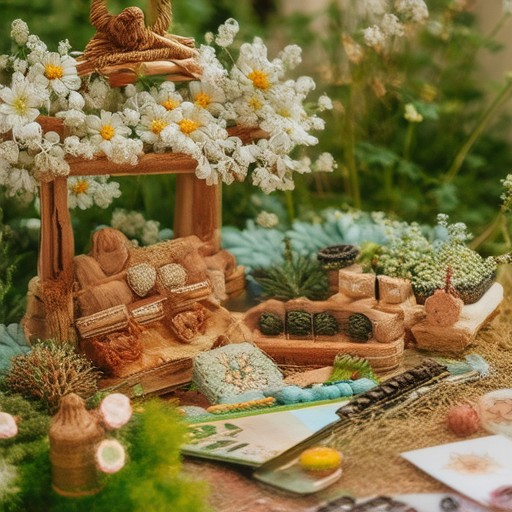
How to Create an Art Garden
To transform your outdoor space into an art garden, follow these steps:
- Plan the Layout: Define the purpose of your art garden—whether it’s for relaxation, meditation, or showcasing your artwork. Divide the space into zones: a central focal point, seating areas, and planters.
- Select Plants: Choose native plants and flowers that thrive in your climate. Incorporate herbs, vegetables, and ornamental grasses for texture and color. Add trees and vines for shade and structure.
- Add Art Elements: Integrate sculptures, paintings, or installations. Use weather-resistant materials like metal, stone, or driftwood that complement the natural environment.
- Install Lighting: Use solar-powered string lights or lanterns for ambient lighting. Highlight artistic features with spotlights or fairy lights to enhance the visual appeal.
- Create Seating Areas: Arrange benches, chairs, or cushions in shaded spots. Add a small table for placing drinks or snacks while enjoying the view.
- Incorporate Water Features: Add a fountain, pond, or birdbath to create movement and sound. Attract birds with feeders or birdhouses placed strategically around the garden.
- Organize Tools and Materials: Keep gardening tools and art supplies nearby. Store extra materials like mulch, compost, or pots in a shed or hidden storage area.
- Maintain Regularly: Water plants, prune, and weed regularly. Apply natural mulch to suppress weeds and retain soil moisture. Rotate plants seasonally to keep the garden fresh.
- Personalize Your Space: Add personal touches like family heirlooms, personalized signs, or seasonal decorations. Host art shows, poetry readings, or gatherings in your garden.
By blending nature and art thoughtfully, you’ll create a serene and inspiring outdoor space that reflects your unique style and personality.
How to Create a Simple Zen Garden
To craft a serene Zen garden, follow these organized steps:
- Select and Prepare Your Space : Choose a quiet outdoor area that receives partial shade. Clear the space of debris and level the ground using a shovel or tiller.
- Acquire Essential Materials :
- Rocks : Select smooth, varied-sized rocks from a local garden center or rock shop.
- Sand and Gravel : Purchase fine sand and small gravel for the base layer.
- Optional Water Feature : Consider adding a small fountain, basin, or pond kit for a calming water element.
- Construct the Substrate :
- Layer a mix of sand and gravel approximately 2 inches thick to form the base of your garden bed.
- Arrange the Rocks :
- Place larger rocks in the center or along edges to create visual interest. Arrange smaller rocks around them in a circular or spiral pattern, leaving space for plants and walkways.
- Install a Water Feature (Optional) :
- Position a small fountain or basin in the center of your garden. Fill it with water and add a pump for a gentle waterfall effect.
- Add Plants :
- Choose low-maintenance plants like Japanese maples, bamboo, or sweet potato vines for vertical elements.
- Consider ground cover options such as moss, clover, or drought-tolerant grass for a natural look.
- Design Tips :
- Keep the layout simple and symmetrical, focusing on minimalism.
- Use a garden rake to create patterns in the sand or gravel.
- Incorporate natural elements like driftwood, river stones, or weathered bricks for texture.
- Final Touches :
- Add lighting such as solar-powered lanterns for an inviting ambiance.
- Consider seasonal decorations like koi carp figurines or cherry blossoms for added charm.
By following these steps, you can transform your outdoor space into a peaceful Zen retreat. Remember, customization is key—make it reflect your personal style and the energy you wish to cultivate.
Explore more DIY gardening projects .
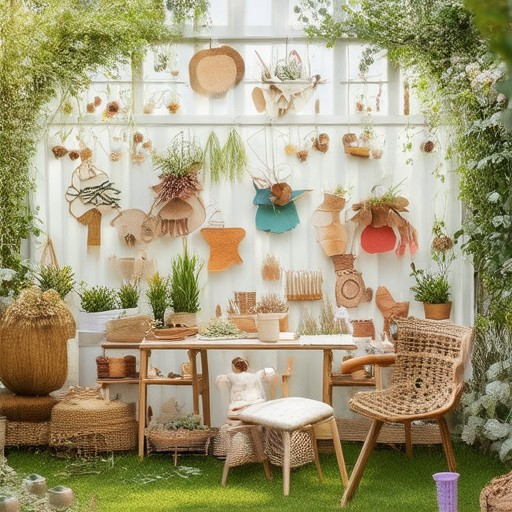
How to Create a Minimalist Garden
To design a minimalist garden, focus on simplicity, functionality, and clean aesthetics. Here’s a step-by-step guide:
- Plan the Layout: Start by assessing your space and deciding which elements to include. Minimalist gardens often feature essential elements like plants, pathways, and seating without unnecessary additions.
- Choose Hardscaping Materials: Opt for durable, sleek materials like concrete, steel, or natural stone to create clean lines and a modern appeal. Consider using weather-resistant wood or recycled materials for a eco-friendly touch.
- Define Clean Lines and Shapes: Use simple, geometric shapes and straight edges to keep the design minimalist. Symmetrical arrangements of plants and features will enhance the clean look.
- Select Focal Points: Introduce a central element like a small sculpture, water feature, or bird feeder to draw attention without complicating the space.
- Arrange Plants Thoughtfully: Choose low-maintenance plants like succulents, grasses, or perennials that return yearly. Arrange them in simple rows or clusters for a neat appearance.
- Add Lighting Elements: Incorporate subtle lighting options such as string lights or solar-powered pathway lights to highlight the garden’s features without overwhelming the space.
- Include Functional Furniture: Add a weather-resistant bench or a few chairs for seating, ensuring they complement the minimalist theme without cluttering the area.
- Consider Water Features: Install a simple water feature like a small pond with a fountain or a drip irrigation system to add movement and sound without elaborate details.
- Use Mulch and Ground Cover: Apply natural mulch or gravel to keep the garden tidy and separate plant beds. This also helps suppress weeds and maintains a minimalist vibe.
- Store Tools Neatly: Keep essential gardening tools like a trowel, pruning shears, and rake stored in a simple shed or a compact storage box to stay organized.
- Maintain Regularly: Minimalist gardens require less maintenance. Focus on regular pruning, weeding, and watering to keep everything looking fresh and vibrant.
- Define Soft Edges: Use tall grass or linear plants along borders to add texture and definition without introducing complexity.
A minimalist garden reflects your personal style while emphasizing simplicity and functionality. By thoughtfully selecting elements and maintaining a clean layout, you can create a serene and inviting outdoor space that stands out for its elegance and ease of care.

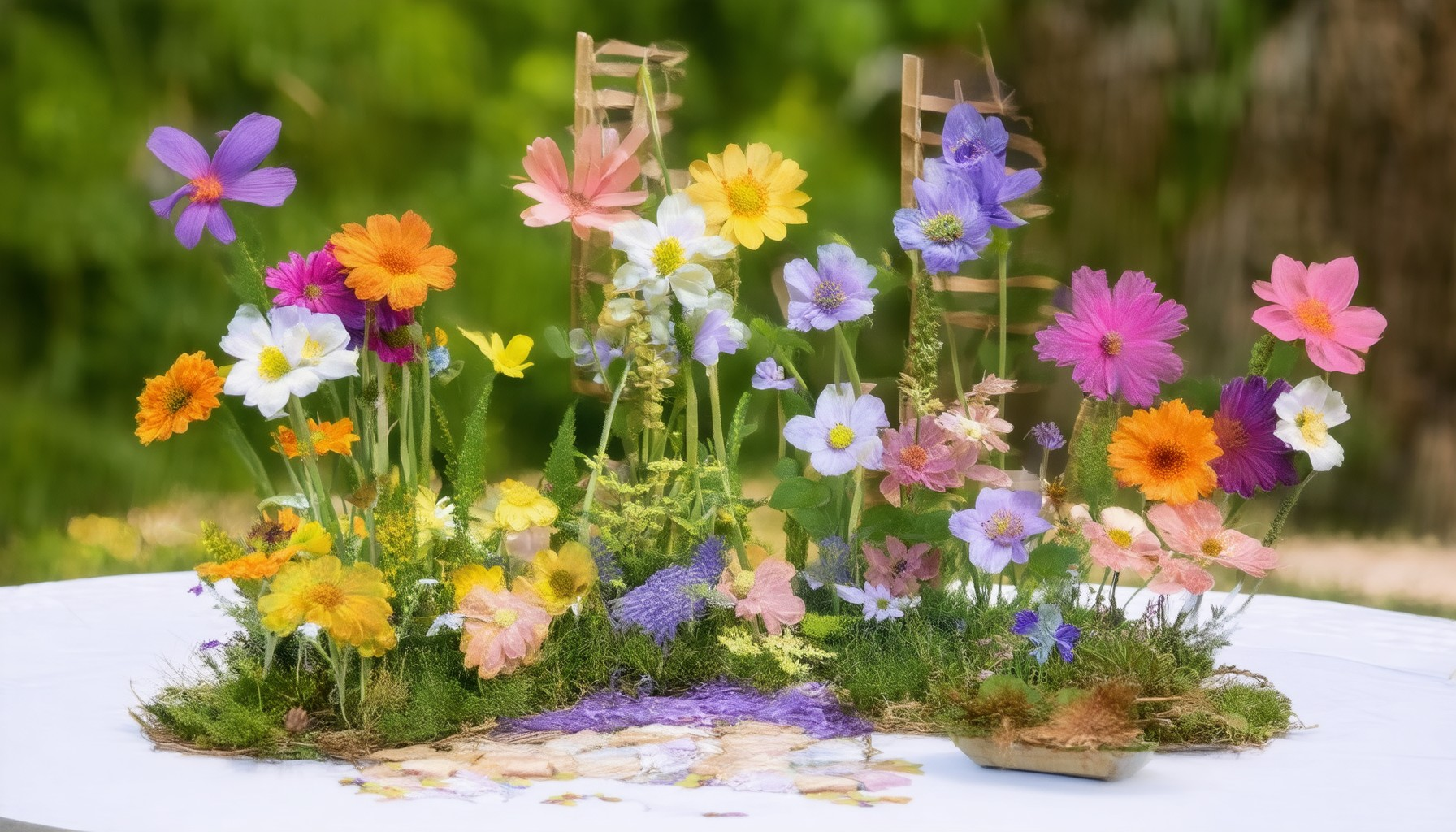


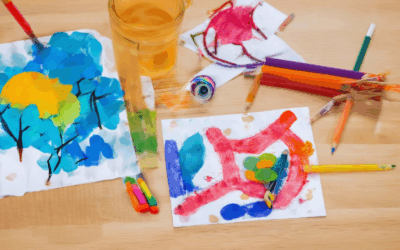
0 Comments